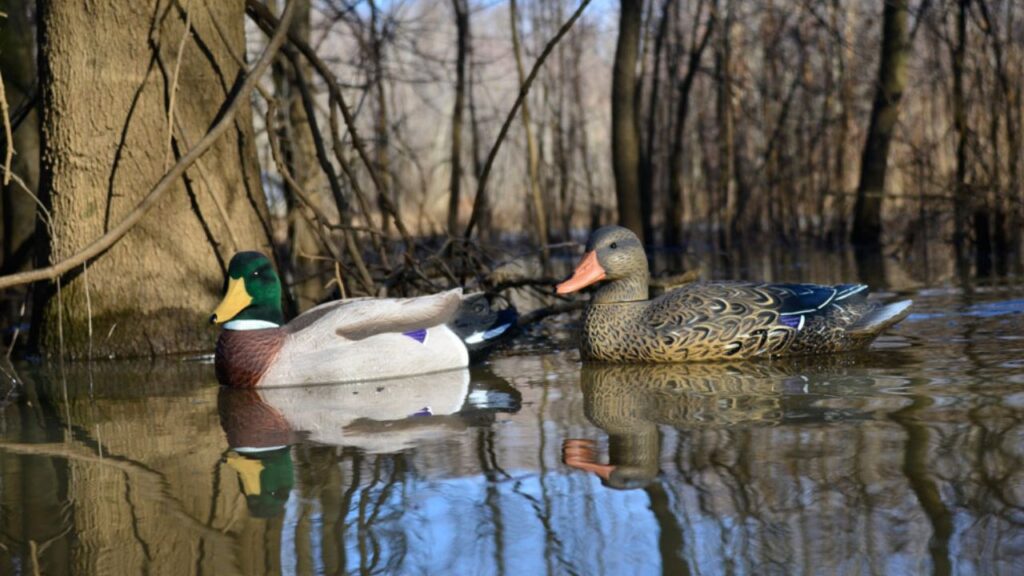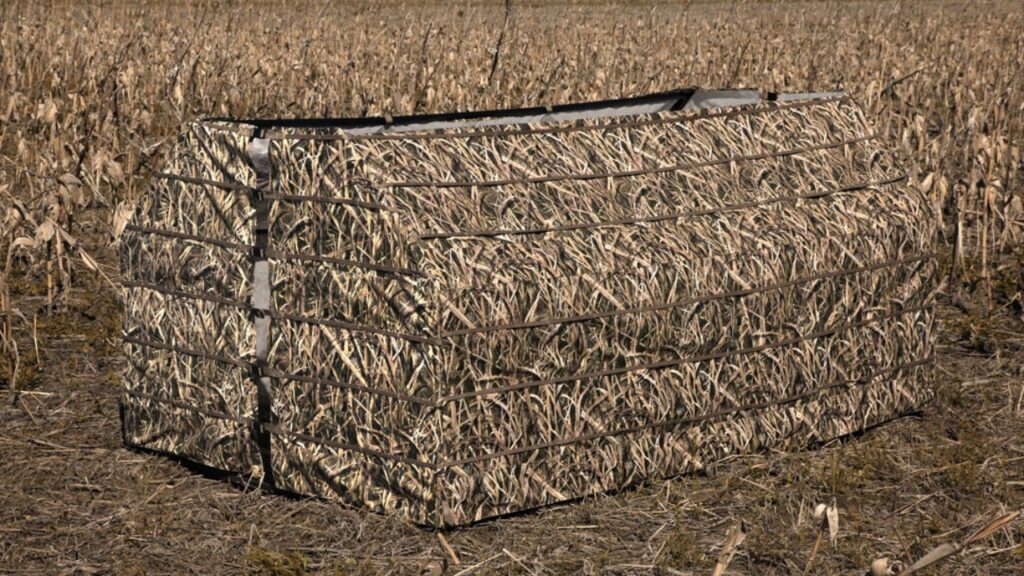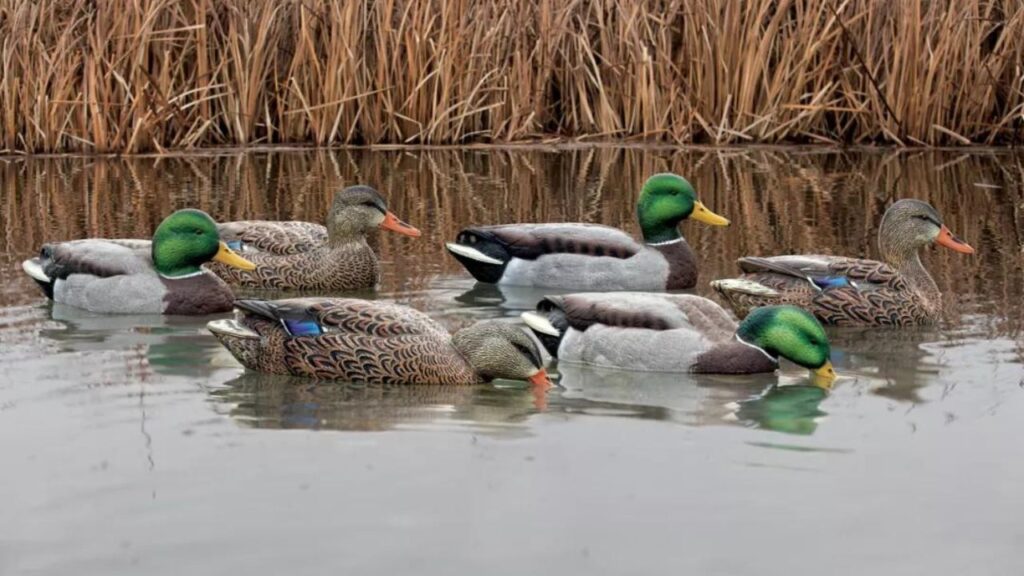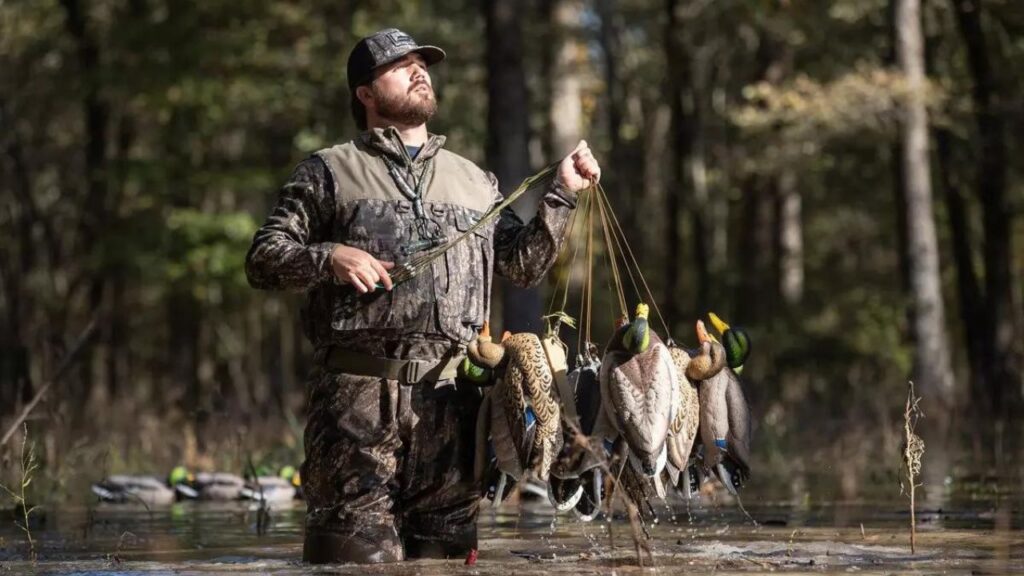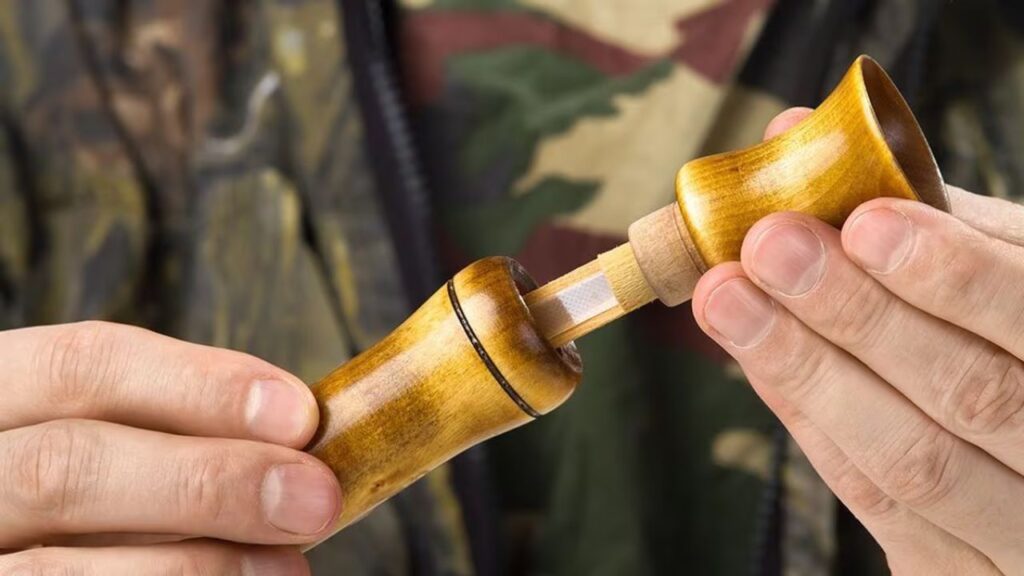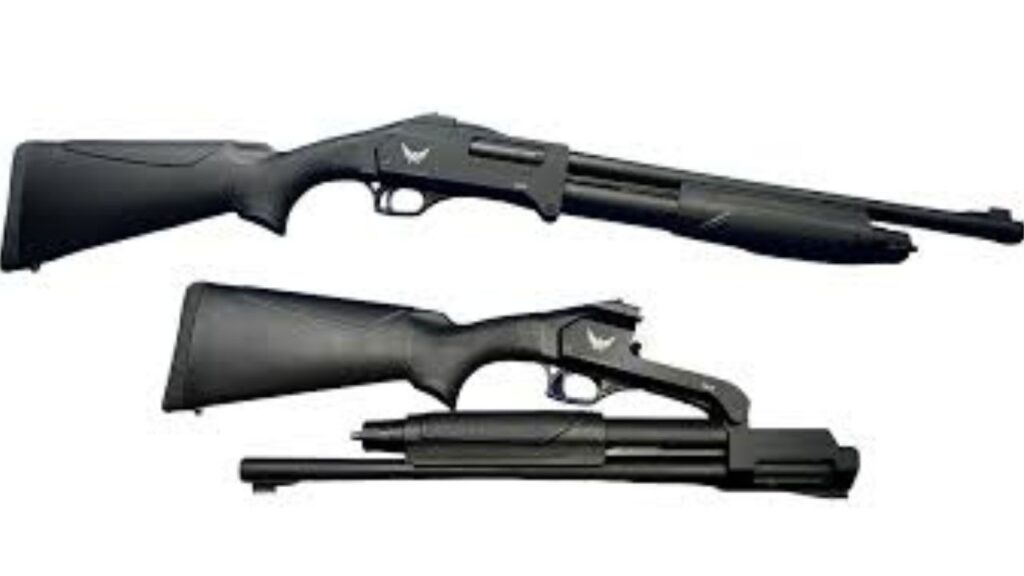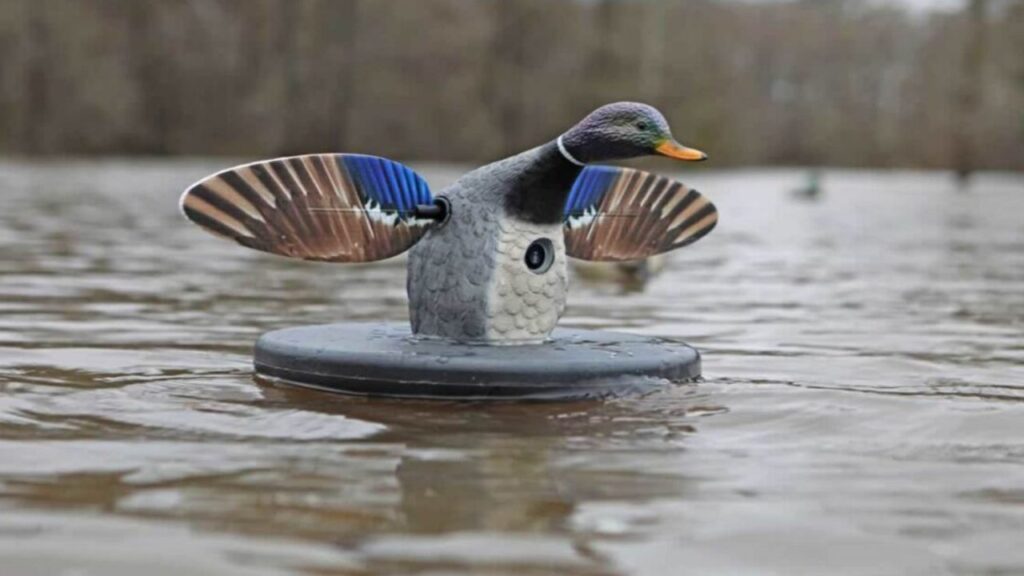In the exciting world of duck hunting, how far to lead a duck is mastering the art of guiding ducks when shooting is a crucial skill that separates the novice hunter from the experienced.
As any experienced waterfowl hunter will tell you, understanding how far to drive a duck is the key to a successful hunt.
In this how far to lead a duck comprehensive guide, we delve into the nuances of duck behavior, explore the complexities of firearm and ammunition selection, and provide practical information for determining the optimal shooting range.
Whether you’re a beginner eager to improve your duck hunting skills or an experienced hunter looking for advanced tips, this definitive guide will equip you with the wisdom and techniques necessary to improve your duck hunting skills.
So, let’s embark on this journey to discover the secrets of accurate shooting and elevate your duck hunting experience to new heights.
Understanding duck behavior
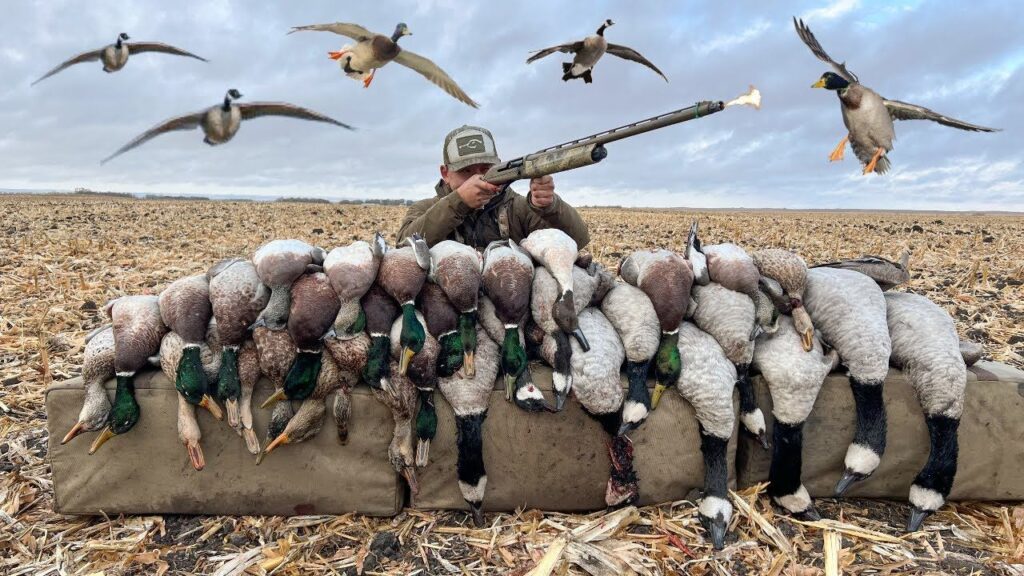
Duck hunting success depends on more than aim; it requires a deep knowledge of the behavior and movements of these elusive waterfowl.
In this lead a duck. section, we will explore the complexities of duck behavior to help you anticipate their actions and improve your chances of having a successful hunt.
Social dynamics of ducks
Flock Patterns: Information about how ducks form and move in flocks.
Flocking Hierarchy: Understanding the social structure and pecking order among ducks.
Communication Cues: Recognize the vocalizations and body language that ducks use to communicate within the flock.
Flight patterns
Takeoff and Landing: Observe the typical takeoff and landing patterns of ducks.
Flight Routes: Understanding the different flight routes ducks take during migration.
Pattern changes by species: Recognize how different species of ducks exhibit unique flight behaviors.
Food and rest habits
Preferred feeding areas: Identify the types of environments in which ducks prefer to forage.
Resting Areas: Understanding where lead a duck tend to rest and how this affects their flight patterns.
Daily Activity Cycles: Information about the typical daily routines of ducks and how they influence hunting times.
Seasonal Considerations
Migration Patterns: Overview of duck migration and its impact on hunting opportunities.
Breeding Seasons: Understand how breeding seasons affect lead a duck behavior and movements.
Molting Periods: Information on how molting can alter flight abilities and habits.
Adaptation to environmental factors
Water Conditions: How factors such as water depth and clarity influence duck behavior.
Vegetation Preferences: Identify the types of vegetation that attract ducks.
Climate Impact: Explore how weather conditions, such as wind and temperature, affect duck movements.
By gaining deep wisdom of these aspects of duck behavior, you will be better equipped to predict their actions in the wild and ultimately improve your ability to lead and make successful shots.
This knowledge forms the basis of effective lead a duck strategies and sets the stage for a rewarding field experience.
Choosing the Right Firearm and Ammunition
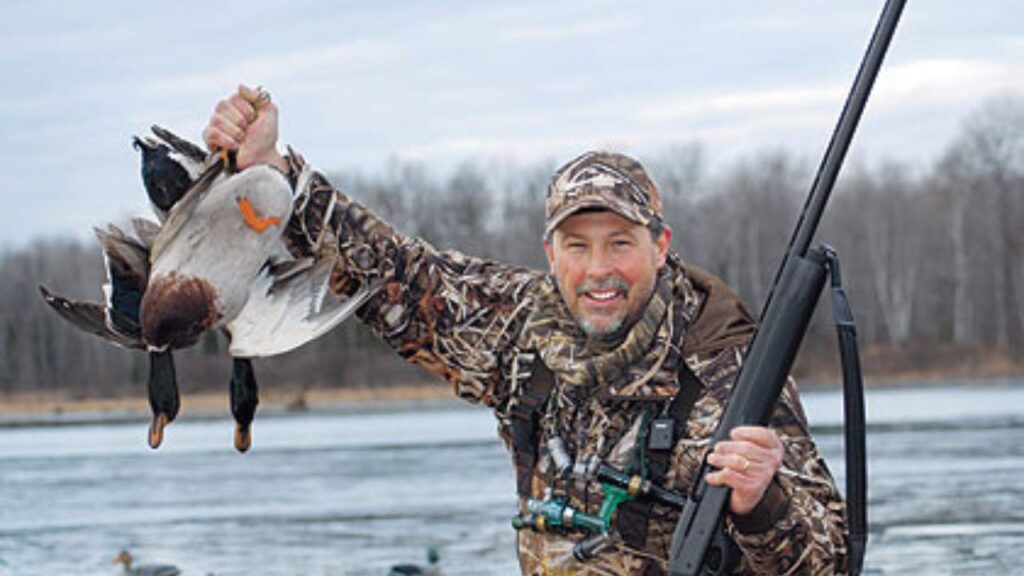
Selecting the right firearm and ammunition is critical to optimizing your duck hunting experience. When it comes to shotguns, choose one that has a balanced combination of power and accuracy.
A 12 gauge shotgun is a popular option as it offers versatility for several duck species. Consider aspects such as weight, length, and ease of maneuverability, ensuring your firearm is suited to specific hunting conditions.
Equally crucial is ammunition selection. Opt for cartridges with a shot size suitable for waterfowl, typically ranging from #2 to #4.
Steel shot is a common preference due to its environmental friendliness, as it meets regulations and maintains effective performance.
Additionally, thrown to the wind documentary is vital to understand throttling options. A modified or improved barrel choke is often effective for duck hunting as it strikes the right balance between spread and density.
In short, a well-balanced shotgun combined with proper ammunition improves accuracy and ensures ethical and effective shooting.
Prioritize your firearm’s adaptability to different hunting scenarios and choose ammunition that meets regulations while providing the power needed for a successful duck hunting adventure.
The choice of firearms and ammunition is a critical investment that significantly influences the outcome of your waterfowl hunting activities.
Determine the Optimal Shooting Range
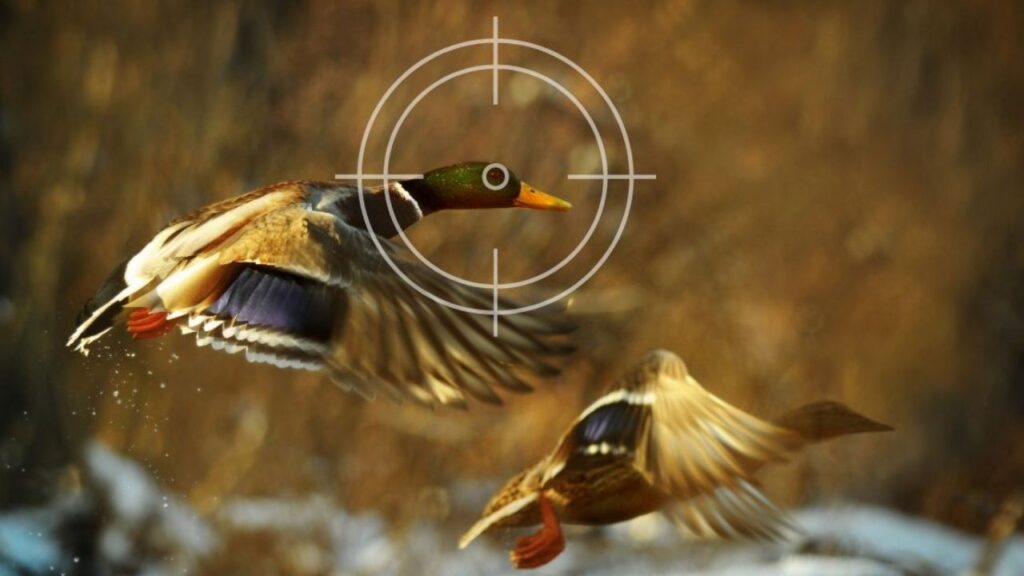
Mastering the art of duck hunting goes beyond simply pulling the trigger—it involves understanding and evaluating the optimal shooting range for different scenarios. Below is a concise guide to help you determine the proper distance for successful shots.
Specific considerations for each species
- Duck Species: Different ducks have different flight patterns and sizes, which influences the ideal shooting range.
- Decoy Strike Distance: Understand how ducks react to decoys and choose the right Range accordingly.
Effective shooting distances
- Close Range (20-30 yards): ideal for attracting ducks; requires minimal lead.
- Mid Range (30-40 yards): Adjust sinker and shot placement for ducks flying at moderate distances.
Long Range (40+ yards): Techniques for shooting at extended ranges, considering duck speed and environmental factors.
- Practice and precision
- Constant training: Practice shooting regularly at various distances to hone your skills.
Understanding your firearm: Familiarize yourself with the pattern and capabilities of your shotgun to accurately gauge effective shooting ranges.
Adaptation to the terrain
- Open Water vs. Marshlands: Adjust shooting ranges based on terrain, taking into account obstacles and visibility.
- Concealment Tactics: Maximize the element of surprise by tailoring firing ranges to your concealment strategy.
Environmental influences
- Wind speed and direction: Take into account the effects of wind on shooting patterns and adjust shooting ranges accordingly.
- Climatic conditions: Adaptation of shooting ranges depending on climatic elements, such as rain or fog.
Understanding the optimal tennessee duck hunt is a dynamic skill that evolves with experience. By considering species-specific behaviors, practicing consistently, and adapting to various hunting environments, you will improve your ability to make accurate and ethical shots.
This knowledge not only increases your success rate but also contributes to a more rewarding and responsible duck-hunting experience.
Reading Weather Conditions for a Successful Duck Hunt
Climate plays a fundamental role in the dynamics of duck hunting, influencing the behavior of waterfowl and the strategies used by hunters.
In duck hunter net refuge this section, we will explore how to read weather conditions to improve your effectiveness in the field.
- Impact on flight patterns: understand how wind direction and speed influence the flight paths of ducks.
- Positioning Strategies: Adjust your blind or configuration to take advantage of prevailing wind conditions for optimal concealment.
- Migration Triggers: Recognize temperature changes as possible signals for duck migration, which affects hunting opportunities.
- Adaptation to seasonal changes: adjust hunting techniques based on seasonal variations in temperatures and hours of light.
- Precipitation and Water Levels: Measure how precipitation affects water levels, which influences ducks’ habitat choices.
- Fog and Visibility: Adapt hunting methods during foggy conditions, considering limited visibility and altered flight patterns.
- Duck Activity Correlation: Understand the correlation between barometric pressure changes and duck activity.
- High and Low-Pressure Strategies: Tailor your hunting approach based on barometric pressure, optimizing success under specific conditions.
- Using technology: Take advantage of weather apps and devices to stay informed about conditions in real-time.
- Planning around fronts: Plan hunting trips around approaching weather fronts, maximizing opportunities during changing conditions.
- Storm Preparedness: Develop a safety plan for severe weather conditions, including thunderstorms or sudden drops in temperature.
- Monitoring Alerts: Stay up to date on weather alerts to ensure a safe and responsible hunting experience.
By honing your ability to read and interpret weather conditions, you will be able to strategically plan your duck hunting trips.
Adaptation to wind, temperature, precipitation, and barometric pressure variations ensures a nuanced approach that aligns with the ever-changing nature of waterfowl behavior.
Stay informed, be adaptable, and take advantage of weather information to increase your success as a how far to lead a goose.
Advanced Tips for Experienced Duck Hunters
For experienced duck hunters looking to hone their craft, mastering advanced techniques is key to sustained success in the field. Improve your hunting game with these strategic insights.
Improve the sophistication of your decoy spread by incorporating specialized decoys that imitate various duck species. Strategically introduce motion decoys for a dynamic spread that attracts attention and increases realism.
Advanced calling techniques go beyond the basics. Perfect the art of subtle, realistic calls by imitating varied vocalizations with precision.
Know when to employ a silent approach, allowing the decoy’s realism and natural sounds to how far do you lead a duck.
Expert camouflage and concealment involve 360-degree concealment strategies. Blend seamlessly into your surroundings from all angles, tailoring your camouflage patterns to specific terrain for maximum effectiveness.
Strategic blind placement is crucial. Integrate natural elements into your blind for maximum concealment, and consider using moving blind tactics for adaptability when changing duck patterns.
Explore night hunting opportunities to take advantage of the nocturnal feeding habits of how far should you lead a duck.
Invest in quality low-light optics for night hunting strategies that extend your hunting hours during dawn and how far to lead ducks.
By incorporating these advanced tips, you will not only increase your success rate but also contribute to the conservation of waterfowl habitats. Adopt these strategies to improve your experience as a skilled, ethical duck hunter.
Common Duck Hunting Mistakes to Avoid
When pursuing waterfowl, even experienced hunters can fall victim to common mistakes that compromise success and ethical hunting practices. Recognizing and rectifying these mistakes is crucial to honing your skills and becoming a more effective duck hunter.
A common mistake is overdeclaring. While calling is an essential aspect of duck hunting, excessive or improper use can alert ducks to potential danger. Strive for realism and subtlety in your calls, knowing when to remain silent for a more authentic approach.
Another danger is inadequate concealment. Ducks possess keen eyesight, and any inconsistencies in their blind or inadequate camouflage can scare them.
Invest time in creating a natural, well-camouflaged blind that blends seamlessly into its surroundings.Adapting to changing conditions is a common mistake.
Ignoring variables such as weather changes or failing to adjust your strategy when ducks alter their flight patterns can result in missed opportunities. Stay flexible and responsive to ensure success in dynamic hunting environments.
Finally, neglecting firearm maintenance can be detrimental. A gun that needs to be fixed can lead to missed shots and frustration. Clean and maintain your shotgun regularly to ensure optimal performance when it matters most.
By avoiding these common errors, you will improve your duck hunting experience, increase your success rate, and contribute to the preservation of ethical hunting practices.
Conclusion
In the realm of duck hunting, mastering the intricacies of leadership, firearm selection, and understanding duck behavior sets the stage for an exciting and successful experience.
This comprehensive guide has provided novice and experienced hunters with the knowledge necessary to excel at hunting waterfowl.
From deciphering the nuances of duck behavior to choosing the right firearm and ammunition, each section aimed to provide useful information.
Determining optimal shooting ranges, reading weather conditions and incorporating advanced strategies further elevates the skills of the dedicated waterfowl hunter.
Remember, success in duck hunting is not just about hitting a limit but about taking a holistic approach rooted in conservation, ethical practices, and continuous learning.
By avoiding common mistakes, adapting to environmental factors, and incorporating advanced techniques, hunters can improve their effectiveness and contribute to the preservation of waterfowl habitats.
FAQ
How far is too Far to Shoot a Duck?
Realistically, 50 yards is about the limit of what most people can shoot ducks or any other flying critter at and kill them consistently.
Should I use 2 or 3 Duck Shots?
Shot sizes 3 or 4 for ducks. The general rule of thumb is to use two smaller shot sizes (meaning the pellets are larger) for waterfowl.



